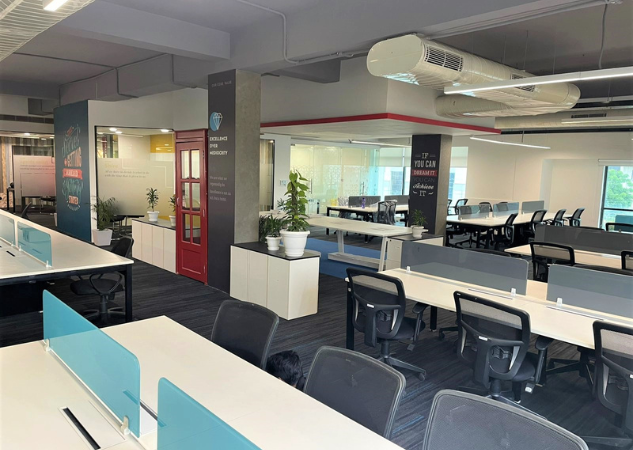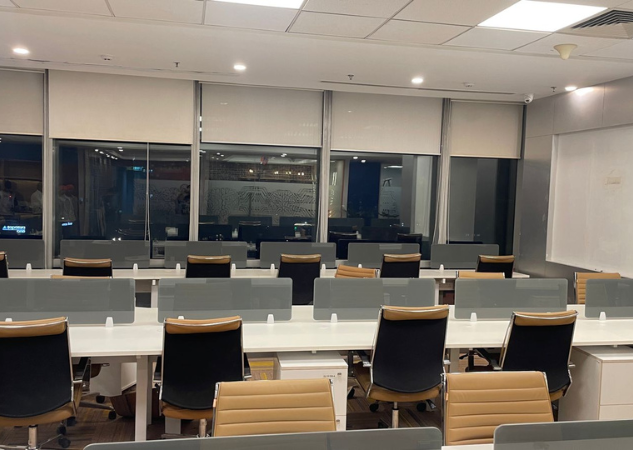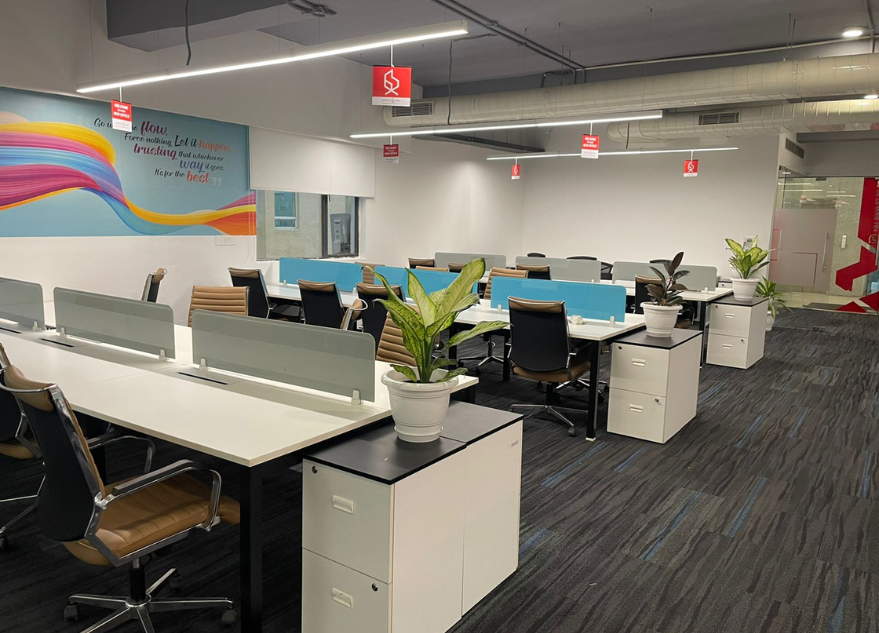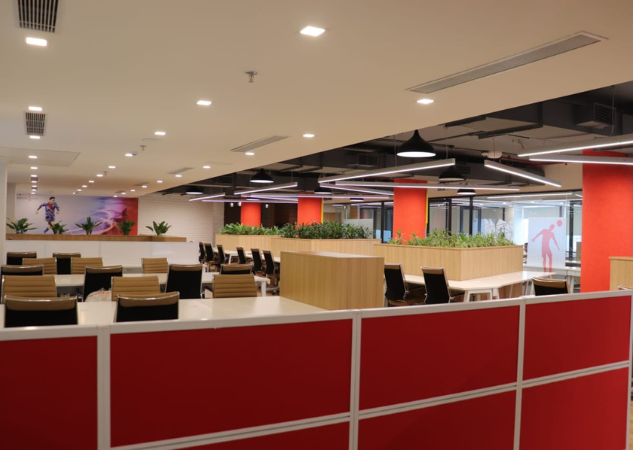Scaling a business is exciting but demands planning, effort, and focus. Tracking key factors and staying organized is crucial to navigate the challenges of growth and ensure long-term success.
💡 Are you looking for Coworking space in Gurgaon, Noida or Delhi? We are just a call away. Call Now: 08999 828282
10 Important Things Every Business Needs to Monitor to Scale Successfully

1. Revenue Growth
Your revenue is the heart of your business. Regularly track how much money your business is making. Understand what products or services are bringing in the most income and focus on improving those areas. Use financial reporting tools to measure monthly, quarterly, and yearly growth. Tracking revenue growth helps you understand if your business is moving in the right direction.
2. Customer Satisfaction
Happy customers are loyal customers. Use surveys, feedback forms, or social media to understand how satisfied your customers are. Positive reviews and testimonials can boost your reputation and attract new customers. On the other hand, negative feedback can highlight areas where you need to improve. Investing in customer satisfaction builds long-term relationships, which helps in growing business and gaining positive word-of-mouth.
3. Market Trends
Stay updated on the latest business ideas and market trends. Knowing what’s happening in your industry helps you make better decisions and stay ahead of competitors. Research emerging technologies, customer preferences, and industry innovations. This knowledge helps you adapt and offer solutions that meet customer needs, giving you a competitive edge in business expansion.
Also Read: 15 Most Successful Small Business Ideas
4. Cash Flow Management
Money in and money out – that’s what cash flow is all about. Make sure your business always has enough cash to cover expenses. Use tools or software to monitor cash flow regularly and avoid running into financial trouble. Good cash flow management ensures that you can pay bills, invest in growth, and handle unexpected expenses without stress.
5. Employee Performance
Your team plays a big role in your success. Monitor employee performance to ensure everyone is meeting their goals. Set clear performance metrics, conduct regular reviews, and provide training where needed. Happy and productive employees lead to better business scaling strategies. Recognizing and rewarding hard work motivates your team to contribute more to the company’s success.
6. Customer Acquisition Cost (CAC)
How much does it cost to get a new customer? Understanding this helps you set the right budget for marketing and sales. The lower your CAC, the more profitable your business will be. Analyze the effectiveness of different marketing channels and optimize your campaigns to reduce acquisition costs. Lowering Customer Acquisition Cost while maintaining customer quality is essential for scaling a business sustainably.
7. Competition
Keep an eye on your competitors. What are they doing better? Learn from them and apply those strategies to your own growth monitoring. Study their pricing, product features, customer service, and marketing tactics. Competitive analysis helps you identify gaps in your own business and create strategies to stand out.
8. Product or Service Quality
Never compromise on quality. Regularly review your products or services to ensure they meet customer expectations. Quality keeps customers coming back and encourages referrals. Set quality control processes and ask for customer feedback to make improvements. Consistent quality builds trust and strengthens your brand reputation.
💡 Are you looking for Coworking space in Gurgaon, Noida or Delhi? We are just a call away. Call Now: 08999 828282
9. Digital Presence
A strong online presence is essential for scaling a business. Monitor your website traffic, social media engagement, and online reviews to understand how people see your business. Use SEO, content marketing, and social media strategies to increase your visibility. A well-maintained digital presence attracts more customers and drives business growth.
10. Scalability of Operations
Make sure your business systems and processes can handle more customers and higher demand. Use automation tools, cloud software, or outsourcing to make your operations scalable. Streamlined processes allow you to grow without compromising quality or customer service. Investing in scalable infrastructure prepares your business for long-term business expansion.
Successful business scaling strategies come down to consistent monitoring and adapting to changes. By keeping an eye on these 10 key areas, you can build a solid foundation for business expansion and long-term success. Stay proactive, listen to your customers, and always look for new ways to improve. If you’re serious about growing your business, start implementing these strategies today! The Office Pass (TOP) offers flexible coworking spaces that support your business expansion seamlessly. Join a thriving community of professionals and take your business to new heights. Contact TOP at 08999 828282 to find the perfect workspace solution.
FREQUENTLY ASKED QUESTIONS (FAQS):
Question 1: What is the most important factor in scaling a business?
Answer: Revenue growth and customer satisfaction are two of the most important factors in scaling a business. Both contribute to long-term success and profitability.
Question 2: How can I improve the cash flow of my growing business?
Answer: Regularly review your expenses, offer discounts for early payments, and use cash flow management tools to maintain healthy finances.
Question 3: Why is customer acquisition cost (CAC) important for business growth?
Answer: Understanding CAC helps you budget better and measure how effective your marketing strategies are for growing your business.
Question 4: How can I monitor market trends effectively?
Answer: Subscribe to industry news, follow competitors, and use online tools to track emerging business ideas and trends.
Question 5: What are the best tools for tracking employee performance?
Answer: Performance management software, regular appraisals, and feedback systems can help you measure employee performance.
Question 6: How do I ensure product quality during business expansion?
Answer: Implement quality control processes and seek regular customer feedback to maintain high standards.
Question 7: How can digital presence impact business scaling strategies?
Answer: A strong digital presence attracts more customers, improves brand visibility, and enhances customer engagement.
Question 8: What is the role of automation in scaling a business?
Answer: Automation helps streamline repetitive tasks, improve efficiency, and make your operations scalable.
Question 9: How do I analyze my competition effectively?
Answer: Study their pricing, customer reviews, social media presence, and product features to identify their strengths and weaknesses.
Question 10: What is the best way to measure revenue growth?
Answer: Use accounting software or financial reporting tools to track monthly, quarterly, and annual revenue growth.









